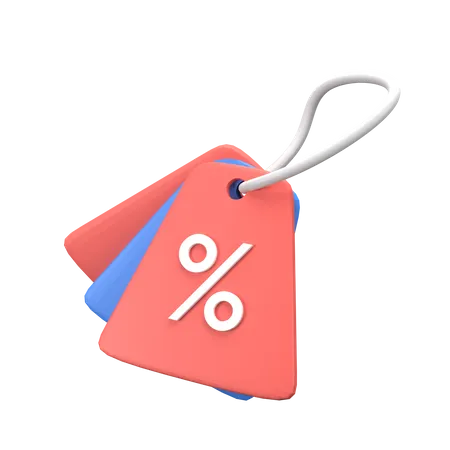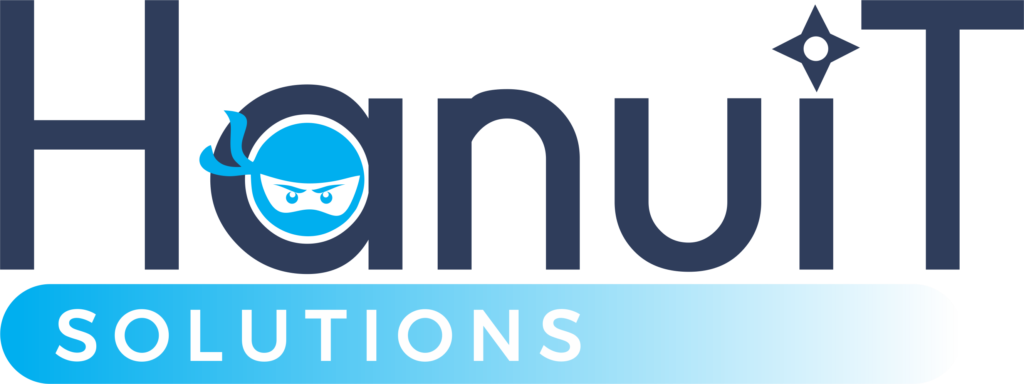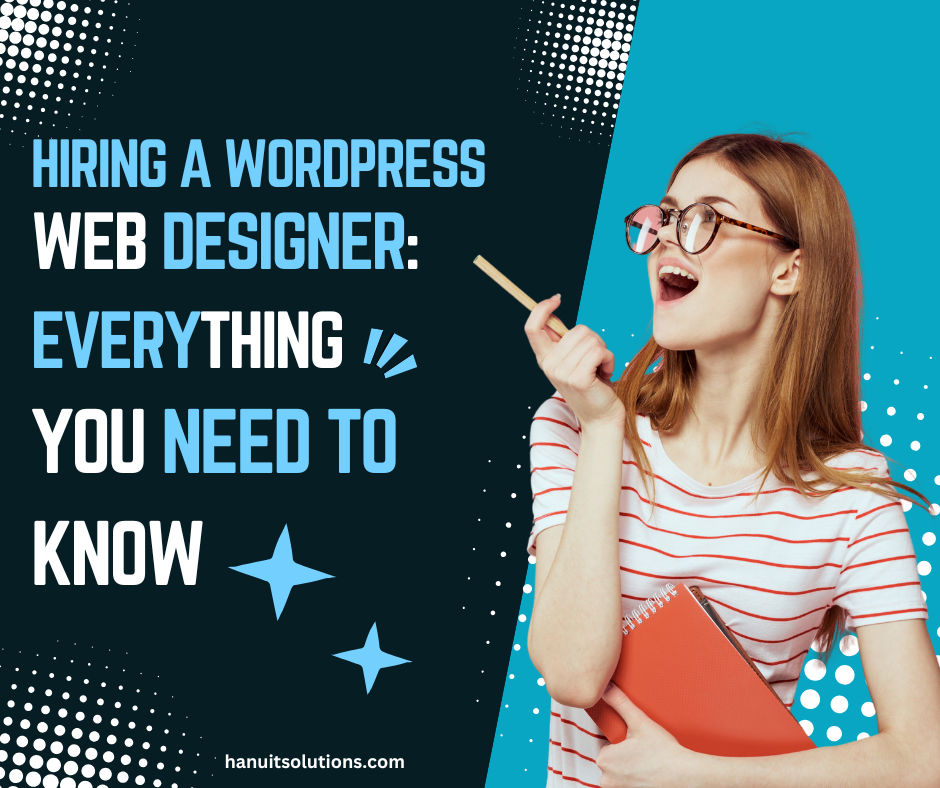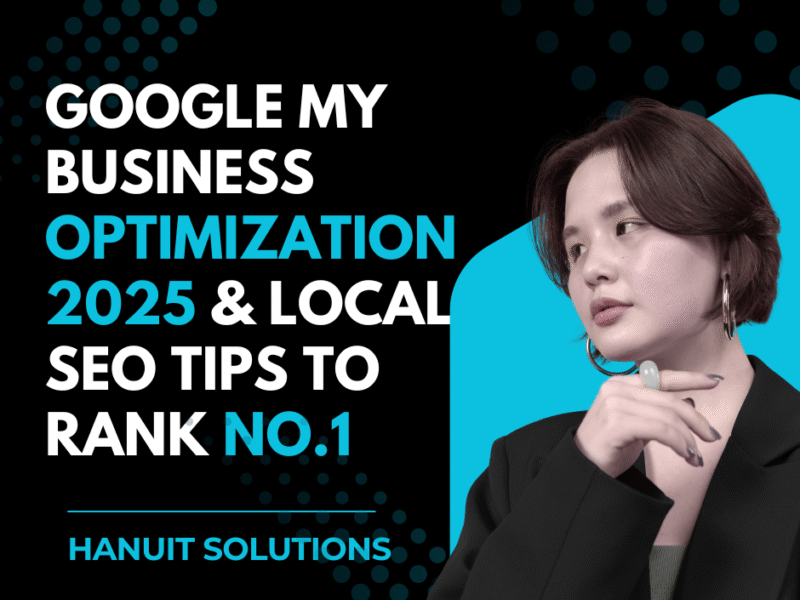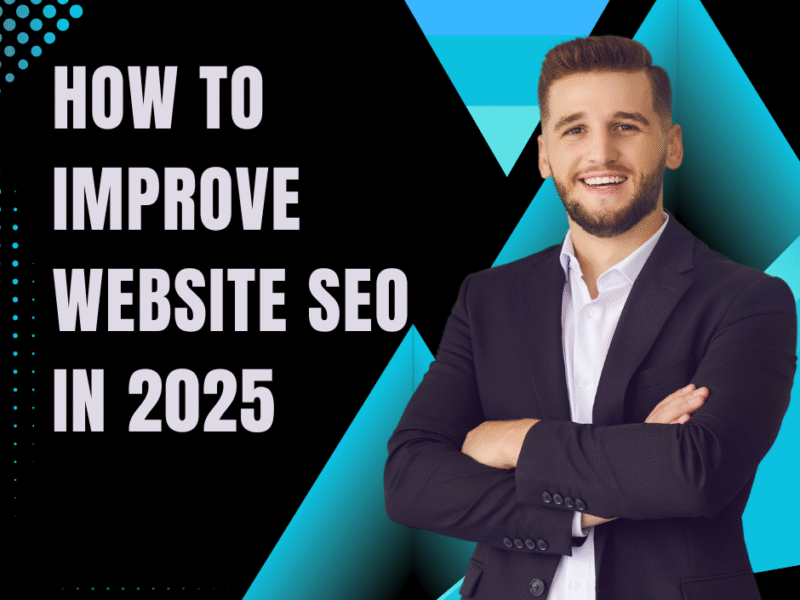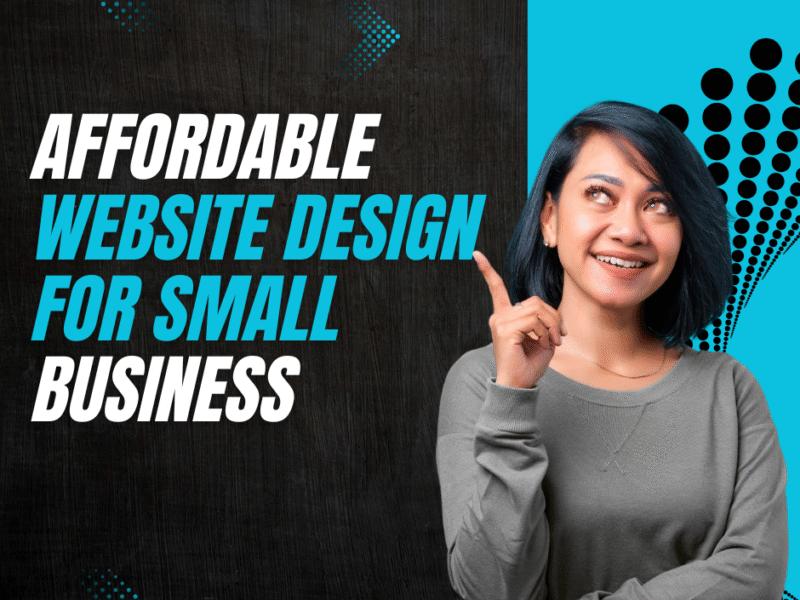Hiring a WordPress Web Designer: Everything You Need to Know
In the digital age, a website is more than just an online address for your business; it’s a cornerstone of your brand’s identity and a powerful tool to attract and retain customers. WordPress, known for its versatility and user-friendly nature, powers over 40% of the world’s websites. For businesses aiming to stand out, hiring a WordPress web designer is often the best way to ensure a professional, tailored online presence. This comprehensive guide will delve into everything you need to know about hiring a WordPress web designer, including their role, benefits, hiring process, and frequently asked questions.
What is a WordPress Web Designer?
A WordPress web designer specializes in creating, designing, and customizing websites using the WordPress platform. Unlike general web designers, they possess in-depth knowledge of WordPress’s themes, plugins, and functionalities. Their expertise enables them to build visually appealing, user-friendly websites, that and aligned with your business goals.
Whether you need a blog, an e-commerce site, or a portfolio, a WordPress web designer can tailor your website to meet specific requirements. They also ensure that your site is optimized for speed, security, and search engine rankings, delivering a seamless experience for your visitors.
Also read: Web Design and Development Trends You Need to Know
Why Should You Hire a WordPress Web Designer?
While WordPress offers intuitive tools and templates, hiring a professional designer brings numerous advantages that can elevate your website beyond the basics. Here’s why hiring a WordPress web designer is a smart investment:
1. Customization and Branding
A WordPress web designer can create a site that reflects your unique brand identity. They can customize themes and plugins to ensure the design aligns with your vision and stands out in a competitive market.
2. Enhanced Functionality
Professional designers understand how to integrate advanced functionalities tailored to your business needs, such as booking systems, membership portals, or e-commerce features.
3. Time and Resource Efficiency
Building a website can be time-intensive, especially if you’re unfamiliar with WordPress. A designer handles the heavy lifting, allowing you to focus on growing your business.
4. Responsive and Mobile-Friendly Design
With a growing number of users accessing websites via mobile devices, a WordPress designer ensures your site looks and performs well on all screen sizes.
5. SEO Optimization
A knowledgeable designer incorporates SEO best practices during the design process, improving your website’s visibility and ranking on search engines.
6. Ongoing Support and Maintenance
Many WordPress web designers offer maintenance services to keep your website updated, secure, and free of technical issues.
Key Qualities to Look For When Hiring a WordPress Web Designer
Finding the right WordPress web designer involves more than just browsing portfolios. Here are the essential qualities to look for:
1. Proven Experience
Examine the designer’s portfolio for previous WordPress projects. Look for diversity in design styles and evidence of creativity and technical expertise.
2. Technical Knowledge
A skilled WordPress designer should be proficient in HTML, CSS, JavaScript, and PHP. Familiarity with popular WordPress plugins and tools like Elementor or WooCommerce is a plus.
3. Strong Communication Skills
Effective collaboration requires clear communication. Choose a designer who listens to your ideas, explains their process, and keeps you informed.
Also read: How SEO Website Design Can Boost Your Visibility
4. Positive Client Feedback
Client testimonials and reviews provide insights into the designer’s reliability, professionalism, and ability to meet deadlines.
5. Transparent Pricing
Discuss pricing upfront to ensure the designer’s services fit within your budget. Be wary of designers who quote suspiciously low rates without a clear scope of work.
The Process of Hiring a WordPress Web Designer
Follow these steps to find the right designer for your project:
Step 1: Define Your Goals
Outline your website’s purpose, target audience, desired features, and design preferences. Clear objectives make it easier to communicate your vision to potential designers.
Step 2: Search for Designers
Explore online platforms like Upwork, Fiverr, and LinkedIn, or consult local web design agencies. Personal referrals can also lead to trustworthy professionals.
Step 3: Review Portfolios and Proposals
Shortlist candidates based on their portfolios and ability to meet your specific requirements. Ask for proposals outlining their approach, timeline, and cost.
Step 4: Conduct Interviews
Interview potential designers to assess their expertise and working style. Ask about their experience with similar projects and how they handle challenges.
Step 5: Check References
Contact previous clients to confirm the designer’s skills, professionalism, and ability to deliver on promises.
Step 6: Finalize the Contract
Once you’ve selected a designer, draft a detailed contract covering the project’s scope, timeline, deliverables, and payment terms.
Common Mistakes to Avoid When Hiring a WordPress Web Designer
- Skipping Background Checks: Always verify a designer’s credentials and references to avoid subpar results.
- Ignoring Communication Style: Miscommunication can lead to project delays and dissatisfaction. Ensure the designer understands your needs.
- Focusing Solely on Cost: While budget is important, prioritize quality and expertise to get the best results.
- Neglecting Long-Term Support: Ensure the designer offers maintenance services or training for your team.
Frequently Asked Questions
How much does it cost to hire a WordPress web designer?
The cost varies widely depending on the project’s complexity, the designer’s experience, and your location. Freelancers typically charge $30 to $150 per hour, while agencies may have higher rates. Custom projects can range from $1,000 to $10,000 or more.
How long does it take to build a WordPress website?
The timeline depends on the scope of work. Simple sites may take 2–4 weeks, while more complex designs with custom features could take 8–12 weeks or longer.
Can I update my WordPress site after it’s built?
Yes. WordPress is designed to be user-friendly, and your designer can provide training to help you manage updates, publish content, and make minor changes.
Do WordPress web designers handle SEO?
Many designers offer basic SEO services, such as optimizing site speed, ensuring mobile responsiveness, and integrating keywords. For advanced SEO, you may need a dedicated specialist.
What’s the difference between a WordPress web designer and a developer?
A web designer focuses on the site’s visual aesthetics and user experience, while a developer handles the technical aspects, such as coding and back-end functionality. Some professionals offer both services.
Do I need a custom WordPress theme?
It depends on your needs. Custom themes offer unique designs and features tailored to your business, while pre-built themes can be a cost-effective solution for simpler projects.
Conclusion
Hiring a WordPress web designer is a strategic move that can transform your website into a powerful tool for growth. By leveraging their expertise in design, customization, and optimization, you’ll create a site that not only looks professional but also drives results. Take the time to research and select the right designer for your needs, and enjoy the benefits of a well-crafted online presence for years to come.
